We had planned to go to West Kirby, but after being awakened by hailstones hammering on my bedroom window, and fighting blustery showers on the way to the bus, I agreed with the others that we didn’t want to be blown off the beach into Liverpool Bay, so we headed for Bidston and Flaybrick instead.
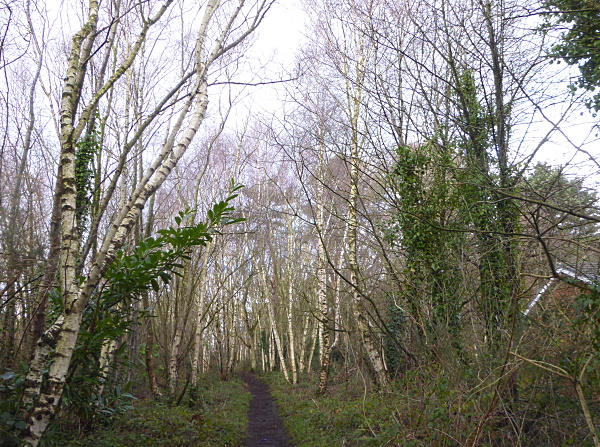
We spent most of the morning wandering randomly in the sheltered woods at the corner of Upton and Boundary Roads, which are part of Bidston Nature reserve. The wood is mostly Birch and Scots Pine with an understory of Holly, Bracken and Bramble. It isn’t a remnant spot of natural ancient woodland, because one of the Hollies had yellow berries, meaning it was a planted modern variety. A pair of Blackbirds crossed our path and dived into a dense shrub: probably nest building in there. Many of the Birches were adorned with the bracket fungus Birch Polypore. The Holly leaf miner was disfiguring leaves in many places. One low shrub had some very early leaves breaking out, and we think it was Elder.

We arrived at Tam O’Shanter Urban farm not long before lunchtime. They have pigs, ponies, goats, sheep, alpacas, and several kinds of domestic fowl.
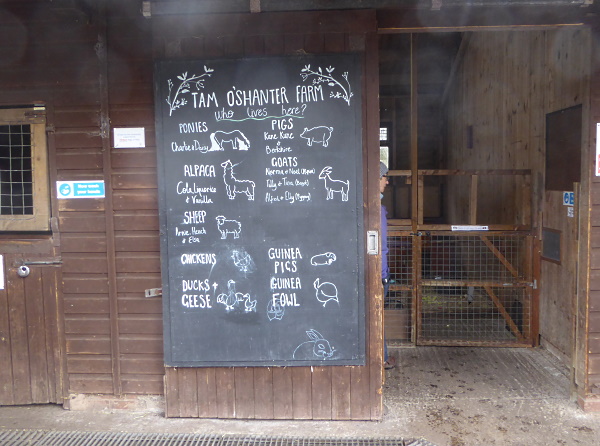
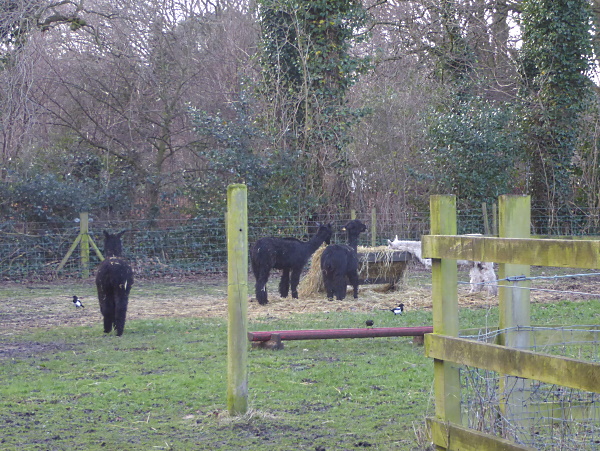
There were more birds there than in the woods, and they seemed quite relaxed around people. You expect that behaviour of the Robins, of course, and there was a pair hanging around the picnic tables. But we were surprised to see a Treecreeper right by us, inspecting a hole on a tree just over the fence.
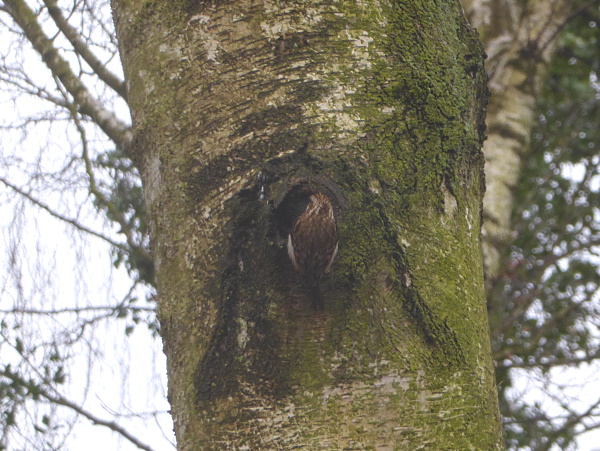
On the open pastures we spotted about a dozen Redwings. They are usually distant and skittish birds, but here they were as relaxed as Magpies or Blackbirds.

As we crossed into Flaybrick Memorial Gardens the weather improved and the sun came out. We walked along a path we hadn’t taken before, called the “Founder’s Aisle”. It has the graves and memorials of many prominent Birkenhead worthies.

On the left a huge old Scots Pine had come down in the recent storms, and even after some clearing work, the trunk was was still propped up by a gravestone. It may have smashed several others as it came down.
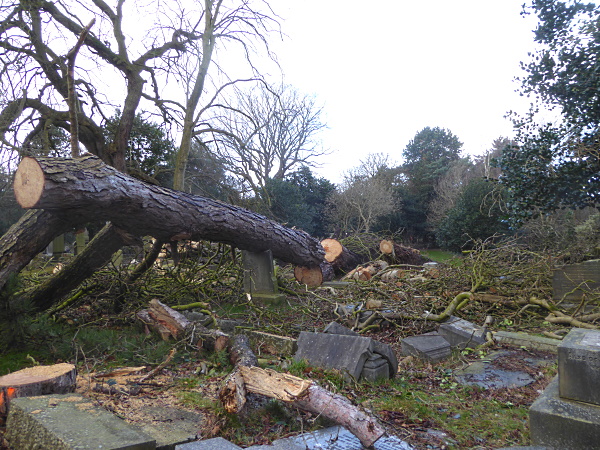
In recent years the Friends have been clearing a lot of Ivy and undergrowth along that side, and we wondered if the Ivy had been holding up some of the old trees! Another effect of the tidying has been to let in more light, and a low spreading plant with heart-shaped leaves has taken advantage. It is Winter Heliotrope Petasites fragrans. The pink flowers are a welcome splash of colour in these dark months, but it is listed by DEFRA as an invasive non-native species: Luckily, only the male plants are found in Britain, so it can only spread by underground rhizomes.
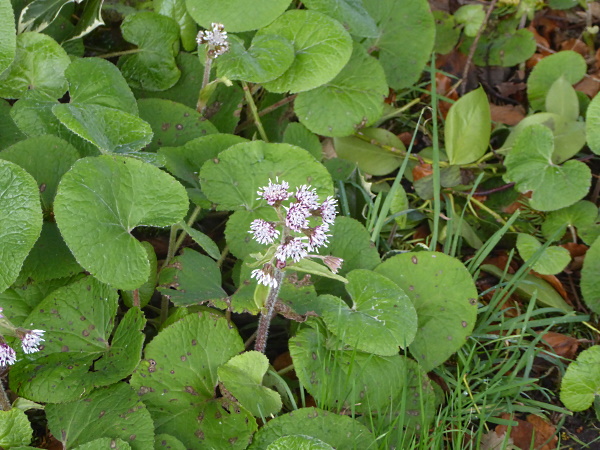
One very early cherry tree was in delicate flower, probably a Cherry Plum Prunus cerasifera, one of the first European trees to flower in spring. Wikipedia says “often starting in mid-February”. This one is about a week earlier than that, and blooming amidst the debris of another fallen veteran tree.
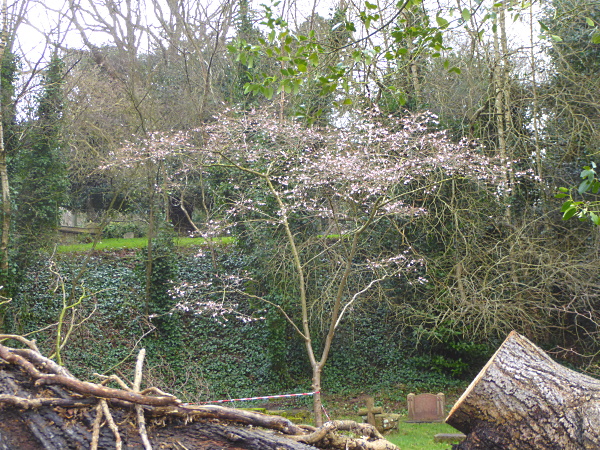
We noted a couple of newly-planted young trees. One with a nursery label was Crataegus monogyna ‘Alboplena’, which will be a white double-flowered Hawthorn. Another was more of a puzzle because it had no label. It was along the path where the Hollies were savagely pruned a few years ago but are now sprouting well. I think the garden managers are hoping to clip them into a neat row of conical pillars. This new tree fills a gap on one side of the path. The leaves are stiff and glossy like Holly, but the leaf-points are fewer and regularly spaced. Once again Google Images came to the rescue when I looked it up at home. I think it is a variety called ‘Nelly Stevens’, a hybrid between English and Chinese Holly. It is fast-growing, takes a natural pyramidal form and sets abundant red berries without the need for a male plant. Sounds ideal for its position.

Public transport details: Bus 437 from Sir Thomas Street at 10.05, arriving Upton Road / Boundary Road at 10.25. Returned on the 437 bus at 2.01 from the stop opposite the one we arrived at, in Liverpool at 2.24.
